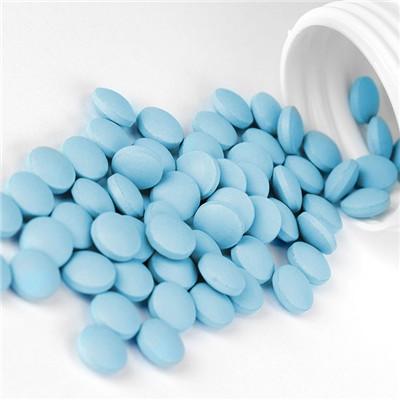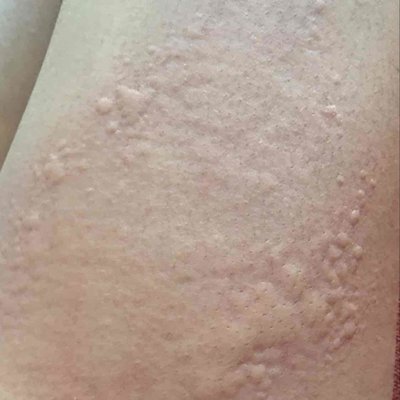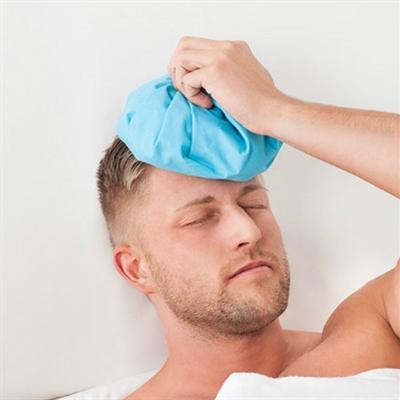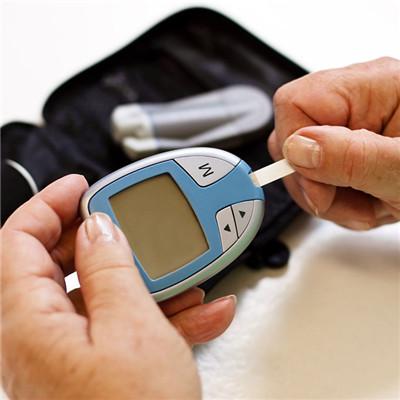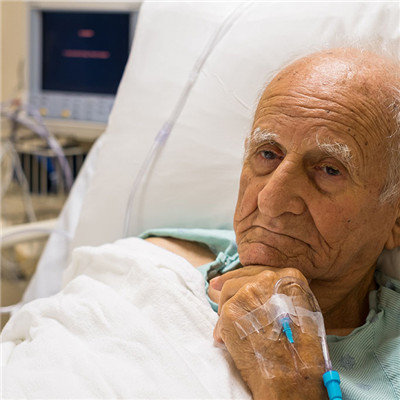Pseudobulbar palsy?
summary
Pseudobulbar palsy is caused by bilateral lesions of superior motor neurons (mainly motor cortex and its cortical brainstem tract), which make the medullary motor cranial nucleus, nucleus ambiguus and pontine trigeminal motor nucleus lose the control of superior motor neurons and cause central paralysis. The clinical manifestations are central paralysis of tongue, soft palate, throat, face and masticatory muscles, Its symptoms are very similar to bulbar paralysis, but it is not caused by the lesion of medulla oblongata itself, so it is named pseudobulbar paralysis. Pseudobulbar palsy? Let's talk about it
Pseudobulbar palsy?
Speech difficulty: its essence is dysarthria, which is mainly caused by paralysis of lip, tongue, soft palate, throat and hypermyotonia. It's a kind of speech blur. About half of the patients had unexplained and uncontrollable episodes of crying and laughing, which were common

Dysphonia: the patient's personal characteristics disappeared, and his voice was monotonous, hoarse and blunt. Or vice versa; Dysphagia: if food enters the pharyngeal cavity, it can still be swallowed successfully.

In addition to physiological brainstem reflex activity and hyperactivity, there are also some pathological brainstem reflexes due to superior motor neuron paralysis. Most of these reflexes are primitive reflexes that are inhibited by the cortex in infancy. These primitive reflexes are called pathological brainstem reflexes. The common clinical reflexes are sucking reflexes, palmchin reflexes, head up reflexes and corneal mandibular reflexes.

matters needing attention
Because of the particularity of the nervous system, early detection and early search for the cause of the disease are of great help to the treatment. Otherwise, once the nervous system has formed substantial damage, it will be quite difficult to recover.
